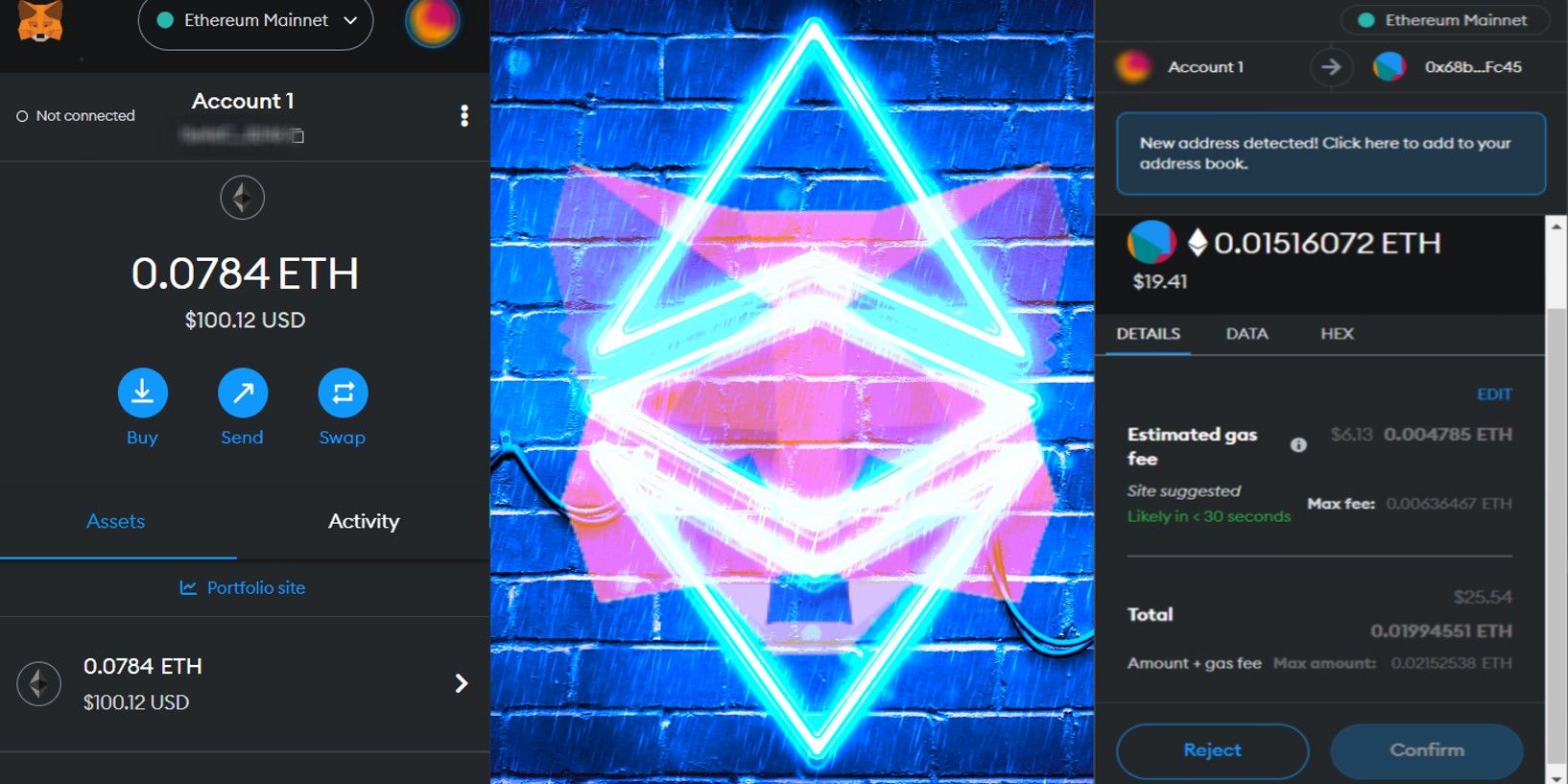Metamask is an Ethereum crypto wallet for Chrome browsers that can manage ETH, NFT and any cryptocurrency built on Ethereum, and is easy to set up and learn. Crypto wallets use public/private key cryptography to sign transactions, allowing users to interact with blockchain smart contracts.
The most important component of a crypto wallet is the “seed phrase”, a set of 12-24 randomly generated English words from which the wallet’s private and public keys are derived. The seed phrase allows a user to access their crypto wallet from any device and must be kept secret as it provides full control over the wallet’s holdings. Most crypto wallets are managed by browser extensions or smartphone apps, but some wallets are managed by desktop programs such as Exodus or Daedelus.
A crypto wallet is required to interact with Web3 decentralized applications (dApps), and Metamask is the most popular browser wallet for Ethereum and EVM blockchains. As CodeHS discuss, users can download the Metamask extension from Metamask’s official website, and then follow the instructions to create their Ethereum wallet. The seed phrase should be written on paper and never stored digitally, and a strong password should be chosen to keep the wallet locked (however, Chrome cannot auto-complete the password). It should also be noted that anyone asking for a crypto wallet seed phrase is a scammer and should be ignored. To use a Web3 dApp, users must have enough ETH to pay for Ethereum’s gas fees, which can be purchased through third-party ‘on-ramp’ services under ‘Purchase’ option on Metamask’s main interface. Users can also buy and withdraw ETH from a cryptocurrency exchange, such as Coinbase, Binance or Robinhood, which may be a cheaper option for some users.
A single Metamask wallet address (and its seed phrase) can be used across all EVM blockchains, such as Binance Smart Chain (BNB Chain), Avalanche, Fantom and Polygon (and other Ethereum scaling solutions). It can also be used to create a Web3 social media profile on the DeSo blockchain. However, Metamask cannot connect to non-EVM blockchains such as Solana or Cardano, which have their own crypto wallet browser extensions. Sending tokens can be accessed via the main interface page, and addresses can be saved and named in an address book in the extension. Token exchange is also placed on the front end, which makes use of decentralized exchanges (DEXs) such as Uniswap and Sushiswap to exchange tokens on the same blockchain, including stablecoins.
Web3 users should always consider purchasing and using a hardware crypto wallet to protect their valuable assets from computer viruses that steal private keys. Once a hardware wallet is set up independently, Metamask can connect to it by clicking ‘Connect to hardware wallet‘ button found by clicking on the colorful circle at the top right. Hardware wallets must be physically connected to a computer or smartphone for Metamask to use them, but are also the most secure way to store blockchain assets.
Although the interface may not be immediately friendly to non-crypto people, Metamask is not difficult to figure out. The hardest part of creating a new wallet is writing down and saving the seed phrase, which should never be stored in a digital file where it can potentially be accessed by a certain hacker or computer virus. Although it can be hindered by malicious links and phishing attacks, Metamask users always have a chance to verify each transaction and double-check the details before signing. Luckily, Metamask makes creating multiple wallets as easy as creating the first, which can be used to interact with potentially malicious smart contracts.
Source: CodeHS, Metamask



